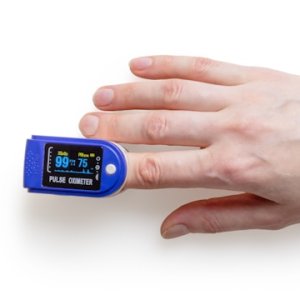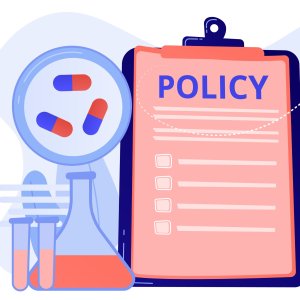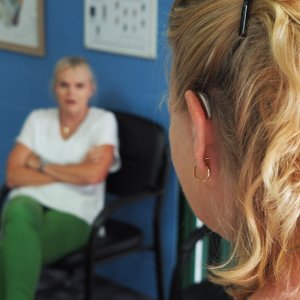Quality Medical Devices Necessary to Improve Health

STORY INLINE POST
While some clients still have a price-oriented vision, a comprehensive cost-benefit analysis ultimately can be better in the long term, says José Ramón Velasco, General Manager of Essity Medical Solutions Mexico (Essity). “By promoting faster healing, patients can more easily recover and leave the hospital sooner. As a result, public and private hospitals spend less and provide better care,” says Velasco.
Essity is a global leader in hygiene and health products that manages a broad range of popular brands including TENA, Regio and Saba. In 2017, the company acquired a health business that focuses on wound care, compression therapy and orthopedics. Essity has introduced these three divisions to the Mexican market as part of its strategy to improve care through prevention. “Mexico has an opportunity to improve its prevention culture. The use of medical devices as prevention mechanisms could address the problem at its roots. It is necessary to change this culture to develop a model that fights diseases more effectively,” says Velasco.
In its wound care division, Essity offers acute and advanced products. The latter are specialized, high-technology solutions that promote faster healing and also control infections. Essity provides an integral solution that addresses every stage of wound healing. Its portfolio includes surgical tapes, dressings, foams with ultra-absorption and DACC technologies for infections. Velasco warns that while these products bring many benefits to patients, doctors and nurses often do not know they exist.
To address this, the company is strongly investing in training for healthcare professionals. “To position our Advanced Wound Care products, we have to invest in educating the market. We are working alongside the Permanent Nursing Commission to develop a robust education strategy to spread the word on the benefits of using these technologies,” he adds.
Essity also wants to empower patients and help them to better manage their own care. The company offers patients the opportunity to continue their treatment in the comfort of their own home, which is a growing trend especially in the out-of-pocket sector. “Wound care products are transforming for home care purposes. The sector is evolving to give patients more control and empower them to treat wounds by themselves at home.”
Essity’s education efforts are also aimed at the general public. “About 70 percent of Mexicans are at risk from chronic venous insufficiency (CVI) and most are unaware of it,” says Velasco. CVI is a medical condition where leg veins become damaged, which makes blood flow backwards and prevents it from reaching the heart. The condition is exacerbated by age and sedentarism.
To tackle this disorder, Essity’s compression therapy division developed JOBST compression socks, which improve blood flow and reduce swelling. “We are also raising awareness among the general public of the benefits of these products and where they can acquire them. There is a misconception regarding compression socks as some believe they are used only by seniors, which is not the case. Compression socks can be used by younger people who exercise and want to remain healthy,” he says. The company also developed a sports line of compression socks called JOBST Sport, which was introduced to Mexico in late 2018 to support sports enthusiasts.
The company’s positive reception in the Mexican market has led it to develop an ambitious growth plan. “We want to grow at a double-digit rate for the next five years and for each of our product lines to grow at least twice in terms of market rate,” says Velasco.
The company plans to strengthen its three sales channels: public and private hospitals, retail and pharmacies and e-commerce. Essity will continue to prioritize education. “We believe it is the industry’s job to raise awareness of what these products can bring to the sector and how they can bring a positive cost-benefit balance for public and private health institutions,” says Velasco.
























